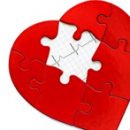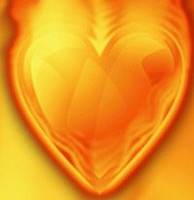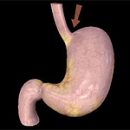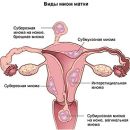You know how to measure pressure? Knowledge? Then check yourself! D.M.N., Professor Sergey Burkov talks about how to measure blood pressure correctly.
Content
-
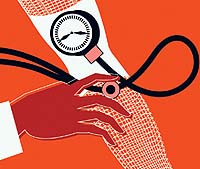 The ability to measure blood pressure (AD) first appeared only in 1905, when Dr. N.WITH.Korotkov invented the sound method of measuring hell, which brought him world fame. Since then, sphygmomanometers (tonometers) have become for physicians no less necessary and familiar than the thermometers.
The ability to measure blood pressure (AD) first appeared only in 1905, when Dr. N.WITH.Korotkov invented the sound method of measuring hell, which brought him world fame. Since then, sphygmomanometers (tonometers) have become for physicians no less necessary and familiar than the thermometers.
By the way, the latter are "distant relatives" of the Korotkov devices: after all, the first tonometers inherited the first tonometers precisely from the thermometers. Over time, more compact devices without mercury came to replace cumbersome mercury spigmomanometers - first membrane, and then electronic semi-automatic and automata. But all tonometers - from the simplest to the most difficult principle of action is the same.
Inflamed by air cuff turns the vessels by stopping the flow of blood on them. Then she slowly "descend". At that moment when the blood pressure in the shoulder artery will slightly exceed the pressure in the cuff, the first portion of blood breaks through the obstacle and will hit the artery wall below the "protruded" place, making a characteristic sound (the so-called tone of Korotkov), which can be heard using the phonenendoscope. However, those who have to measure the pressure themselves, sometimes without a phononeoscope - on their own sensations - unmistakably determine the breakthrough of the pulse wave through the poverty vessel on the hand. Pressure in the cuff at this time is equal to systolic.
As the air will leave it, all large portions of the blood will start overcoming the "dam". In the end, the cuff will stop pressing the shoulder artery even during diastole. Then the blood will reappear on it with a continuous flow, and the tones of Korotkov will disappear. In this case, the testimony on the tonometer scale will correspond to diastolic pressure.
Such is the theory, but how to achieve results in practice?
one. Sit on the chair to the right of the table. Slide the right sleeve higher. Clothes should not comprehend.
2. Ask someone from your loved ones to put the cuff on your shoulder and consolidate it so tightly so that only one finger goes between her and your skin.
3. Relax muscles, break your hand and put it on the table with palm up. Slit under the elbow of the fist of the left hand or a small pad to the membrane of the phonendoscope as close as possible to the maximum dismantled elbow.
4. Let your assistant connect the tube of the detachable pressure gauge to the cuff and check the position of the arrow: it must be on the zero scale mark.
five. Ask your assistant to find a pulse on the shoulder artery in the elbow jam and put on this place the membrane foundoscope.
6. Now he should shut off the valve on the pear and pump air into the cuff while simultaneously checking the pulse on the wrist and turning with the indicators of the pressure gauge. Note the figure after which the pulse on the wrist disappears. When the pressure gauge arrow is 30 mm RT.Art. exceed this level, the task is completed - no longer need to inflate the cuff.
7. Your assistant must open the valve and slowly - approximately with a speed of 20 mm RT.Art. In a second, produce air from the cuff. Hearing the first rhythmic tones of Korotkov, let it noted the level of systolic, and with a sharp weakening of the tones - up to the disappearance - the amount of diastolic pressure, rounding the numbers to 5 or 0.
eight. Release the air from the cuff to the end, but do not remove from the shoulder. Wait 2-3 minutes and measure the pressure again, and then do the same again. The smallest result take for true indicators.
Modern electronic tonometers measure hell "independently", for which it is necessary to impose a cuff on a finger, wrist or shoulder, but the accuracy of the first is not always high.
Normal is considered to be Arterial pressure aged 17-20 years Systolic 100-120, and diastolic 70-80 mm RT.Art., Persons 21 years and older - systolic not higher than 140, and diastolic - not higher than 90 mm RT.Art.

